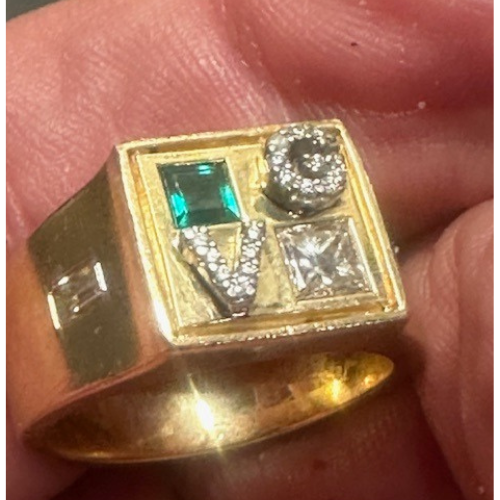
Beach metal detecting is a thrilling hobby with the potential to uncover hidden treasures. Whether you’re a beginner or an experienced detectorist, this guide will walk you through the best methods and tips to optimize your beach-detecting experience. With the right tools and techniques, you’ll be better equipped to find coins, jewelry, and other treasures washed ashore.
1. Choose the Right Metal Detector for Beach Conditions - Treasure Coast Metal Detectors sells only the best all terrain and beach metal detectors that really get the job done.
The beach environment can be challenging, with saltwater, mineralized sand, and varying depths. To handle these conditions, choose a metal detector designed for beach use. Look for features like:
• Saltwater mode: To minimize interference from salt and mineral content.
• Waterproof coils: Essential for detecting near waterlines or in shallow waters.
• Ground balance adjustment: To reduce false signals in mineralized areas.
Popular beach-ready detectors include the Garrett AT Pro, Minelab Equinox, and Fisher CZ-21, known for their reliability on sandy and wet beaches.
2. Timing is Key: When to Detect
To increase your chances of finding valuable items, time your detecting sessions strategically:
• Low Tide: The exposed wet sand at low tide reveals areas usually underwater, where items may have settled after washing ashore.
• Early Morning or Late Evening: These times are quieter and give you first access to the beach, especially after busy days when people lose items.
• After Storms: Heavy waves can churn up sand and bring new objects to the surface, making post-storm detecting rewarding.
3. Focus on High-Traffic Areas
Certain areas of the beach are more likely to yield finds due to heavy foot traffic. Focus your efforts on these spots:
• Waterline and Towel Line: People often lose items like coins, rings, and watches while sunbathing, swimming, or drying off near the waterline.
• Entrance and Exit Paths: People fumbling for keys, phones, or other items are prone to dropping things near beach entrances or boardwalks.
• Near Rocks and Groynes: Metal objects often get trapped in these areas due to water currents, making them prime detecting spots.
4. Grid Your Search Area
To cover a beach systematically, use a grid pattern:
• Start by setting up a specific section to detect, such as a 10x10 square area.
• Work your way up and down in straight lines, moving slowly and overlapping each pass slightly to avoid missing anything.
• Once you finish a section, move to the next square and repeat the process.
Gridding helps ensure that no areas are skipped, especially in high-potential zones.
5. Adjust Your Detector’s Sensitivity
Adjusting the sensitivity of your metal detector can help you get more accurate readings. High sensitivity is ideal for deeper targets but can result in more “chatter” (unnecessary signals) in mineral-rich beach sand. Try lowering sensitivity in wet sand to minimize false signals while maintaining a high setting for dry sand.
6. Dig Carefully and Respectfully
Always bring tools like a sand scoop and a trowel for digging targets. When digging, respect beach etiquette:
• Fill in holes: Leave the beach as you found it, filling in holes to avoid hazards for others.
• Collect trash items: Discard any metal trash you dig up to keep the beach clean and prevent repeat signals.
7. Check Your Finds at Home
After detecting, sort through your finds carefully. Rinse coins, jewelry, and other items in freshwater to remove salt and sand. Examine your finds closely—what might look like a rusted piece of metal could be a corroded coin or even a historic artifact!
Conclusion
Beach metal detecting is a fantastic way to combine exercise, relaxation, and the thrill of discovery. With the right equipment, timing, and techniques, your beach-detecting experience can be more productive and enjoyable. Remember to respect local beach regulations and practice responsible detecting, and you’ll be well on your way to finding hidden treasures along the shoreline. Happy hunting!





Leave a comment